Hyundai i30 Wagon vs VW Caddy – Differences & prices compared
Compare performance, boot capacity, efficiency and price at a glance.
Find out which car is the better choice for you – Hyundai i30 Wagon or VW Caddy?
Costs and Efficiency:
Price and efficiency are often the first things buyers look at. Here it becomes clear which model has the long-term edge – whether at the pump, the plug, or in purchase price.
Hyundai i30 Wagon has a slightly advantage in terms of price – it starts at 24800 £, while the VW Caddy costs 27800 £. That’s a price difference of around 2911 £.
Fuel consumption also shows a difference: VW Caddy manages with 0.50 L and is therefore clearly more efficient than the Hyundai i30 Wagon with 5.70 L. The difference is about 5.20 L per 100 km.
Engine and Performance:
Power, torque and acceleration are the classic benchmarks for car enthusiasts – and here, some clear differences start to show.
When it comes to engine power, the VW Caddy has a barely noticeable edge – offering 150 HP compared to 140 HP. That’s roughly 10 HP more horsepower.
In acceleration from 0 to 100 km/h, the Hyundai i30 Wagon is a bit quicker – completing the sprint in 9.80 s, while the VW Caddy takes 11.40 s. That’s about 1.60 s faster.
In terms of top speed, the Hyundai i30 Wagon performs minimal better – reaching 197 km/h, while the VW Caddy tops out at 186 km/h. The difference is around 11 km/h.
There’s also a difference in torque: VW Caddy pulls clearly perceptible stronger with 320 Nm compared to 253 Nm. That’s about 67 Nm difference.
Space and Everyday Use:
Beyond pure performance, interior space and usability matter most in daily life. This is where you see which car is more practical and versatile.
Seats: VW Caddy offers evident more seating capacity – 7 vs 5.
In curb weight, Hyundai i30 Wagon is slightly lighter – 1316 kg compared to 1575 kg. The difference is around 259 kg.
In maximum load capacity, the VW Caddy performs clearly better – up to 3700 L, which is about 2050 L more than the Hyundai i30 Wagon.
When it comes to payload, VW Caddy distinct takes the win – 710 kg compared to 524 kg. That’s a difference of about 186 kg.
Who wins the race?
The VW Caddy proves to be leaves the rival little chance and therefore becomes our DriveDuel Champion!
VW Caddy is the better all-rounder in this comparison.
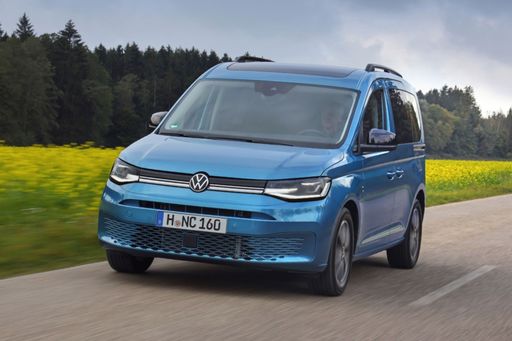
VW Caddy
Hyundai i30 Wagon
The Hyundai i30 Wagon offers a blend of practicality and style, making it a popular choice for families and those in need of extra space. Its sleek exterior and comfortable interior provide a pleasant driving experience, while advanced safety features ensure peace of mind on the road. The i30 Wagon stands out with its impressive fuel efficiency and reliability, catering to both urban and rural lifestyles.
details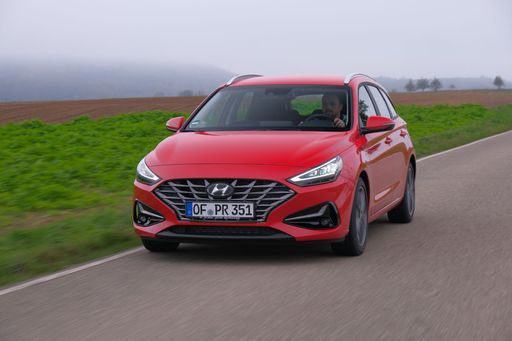 @ hyundai.news
@ hyundai.news
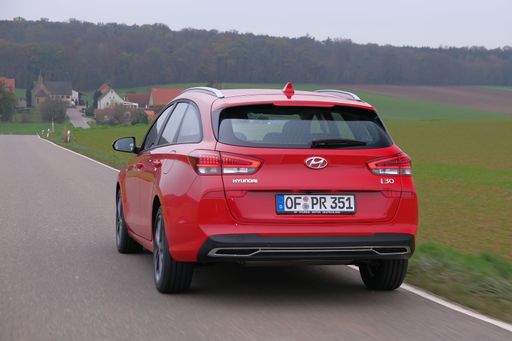 @ hyundai.news
@ hyundai.news
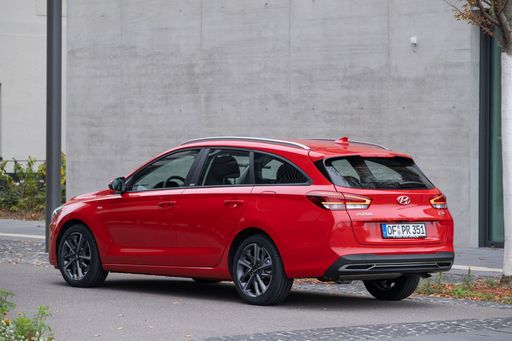 @ hyundai.news
@ hyundai.news
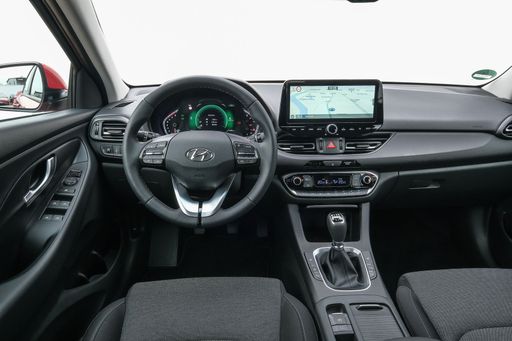 @ hyundai.news
@ hyundai.news
 @ hyundai.news
@ hyundai.news
VW Caddy
The VW Nutzfahrzeuge Caddy Hochdach-Kombi is a versatile choice for those seeking extra space and practicality in their everyday vehicle. With its functional high roof and adaptable interior, it easily accommodates both passengers and cargo. The Caddy also stands out with its modern design and features aimed at providing comfort and convenience on the road.
details @ vwpress
@ vwpress
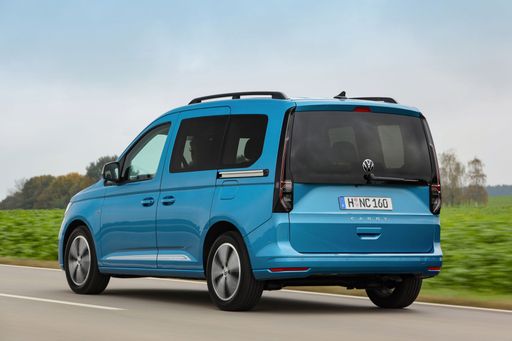 @ vwpress
@ vwpress
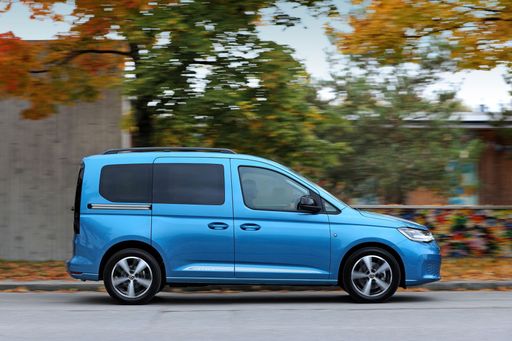 @ vwpress
@ vwpress
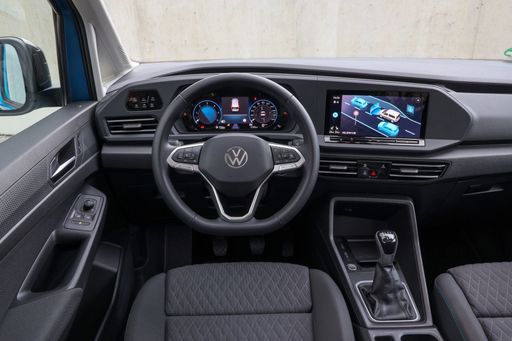 @ vwpress
@ vwpress

|

|
|
|
|
Costs and Consumption |
|
|---|---|
|
Price
24800 - 30100 £
|
Price
27800 - 45900 £
|
|
Consumption L/100km
5.7 - 6 L
|
Consumption L/100km
0.5 - 6.9 L
|
|
Consumption kWh/100km
-
|
Consumption kWh/100km
-
|
|
Electric Range
-
|
Electric Range
116 - 121 km
|
|
Battery Capacity
-
|
Battery Capacity
19.70 kWh
|
|
co2
130 - 136 g/km
|
co2
10 - 165 g/km
|
|
Fuel tank capacity
50 L
|
Fuel tank capacity
50 L
|
Dimensions and Body |
|
|---|---|
|
Body Type
Estate
|
Body Type
High Roof Estate
|
|
Seats
5
|
Seats
5 - 7
|
|
Doors
5
|
Doors
5
|
|
Curb weight
1316 - 1461 kg
|
Curb weight
1575 - 1998 kg
|
|
Trunk capacity
602 L
|
Trunk capacity
-
|
|
Length
4585 mm
|
Length
4500 - 4853 mm
|
|
Width
1795 mm
|
Width
1855 mm
|
|
Height
1475 mm
|
Height
1819 - 1860 mm
|
|
Max trunk capacity
1650 L
|
Max trunk capacity
2556 - 3700 L
|
|
Payload
439 - 524 kg
|
Payload
501 - 710 kg
|
Engine and Performance |
|
|---|---|
|
Engine Type
Petrol, Petrol MHEV
|
Engine Type
Petrol, Diesel, Plugin Hybrid
|
|
Transmission
Manuel, Automatic
|
Transmission
Manuel, Automatic
|
|
Transmission Detail
Manual Gearbox, Dual-Clutch Automatic
|
Transmission Detail
Manual Gearbox, Dual-Clutch Automatic
|
|
Drive Type
Front-Wheel Drive
|
Drive Type
Front-Wheel Drive, All-Wheel Drive
|
|
Power HP
100 - 140 HP
|
Power HP
102 - 150 HP
|
|
Acceleration 0-100km/h
9.8 - 13.3 s
|
Acceleration 0-100km/h
11.4 - 14 s
|
|
Max Speed
178 - 197 km/h
|
Max Speed
173 - 186 km/h
|
|
Torque
172 - 253 Nm
|
Torque
220 - 320 Nm
|
|
Number of Cylinders
3 - 4
|
Number of Cylinders
4
|
|
Power kW
74 - 103 kW
|
Power kW
75 - 110 kW
|
|
Engine capacity
998 - 1482 cm3
|
Engine capacity
1498 - 1968 cm3
|
General |
|
|---|---|
|
Model Year
2024
|
Model Year
2024
|
|
CO2 Efficiency Class
D, E
|
CO2 Efficiency Class
E, F, B
|
|
Brand
Hyundai
|
Brand
VW
|
What drivetrain options does the Hyundai i30 Wagon have?
Available configurations include Front-Wheel Drive.
The prices and data displayed are estimates based on German list prices and may vary by country. This information is not legally binding.
